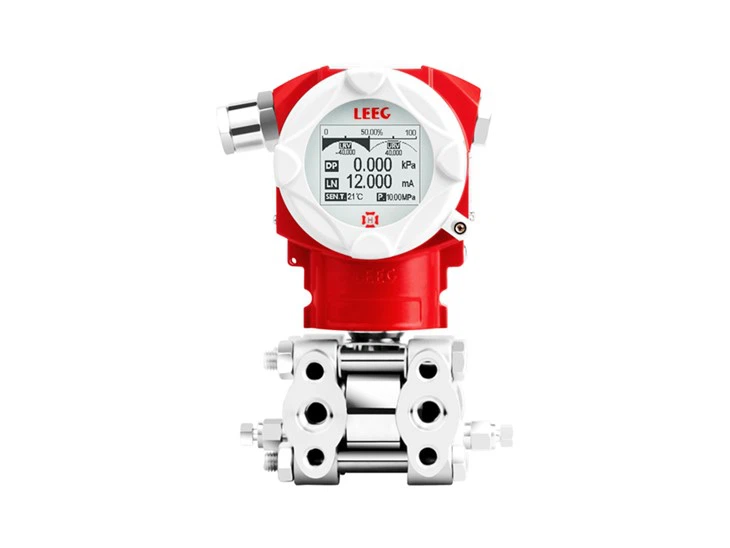Intelligent pressure transmitters are widely used in various industries, including petroleum, chemical, energy, power, shipbuilding, papermaking, environmental protection, and water treatment. Depending on the industry and specific working conditions, different types of transmitters are selected, leading to different installation methods. To ensure a sufficiently long service life for the intelligent pressure transmitter, proper installation is crucial. Below, we detail the common installation methods and precautions for intelligent pressure transmitters to help you choose the best transmitter and optimal solution based on actual working conditions.
1. Direct Installation (Threaded Connection)
Direct installation is the simplest method for intelligent pressure transmitters and is generally more suitable for small pipelines, small-diameter installations, and low-pressure conditions. The transmitter is typically installed directly on the pipeline or equipment via internal or external threads (for high-temperature conditions, a condensate tube or heat sink may be added to achieve cooling). In some cases, it is recommended to add a two-valve manifold connection to ensure efficient maintenance. This installation method is more suitable for non-corrosive media such as water pressure or compressed air, and it is cost-effective and easy to install. Warning! In scenarios with vibration and high temperatures, additional sealing tape or gaskets must be applied to prevent leaks and ensure the sealing integrity between the pipeline and the transmitter.

2. Flange Mounting
Flange mounting is a common installation method for smart pressure transmitters, typically used for large-diameter pipelines or storage tanks. It is widely applied in industries such as petrochemicals, metallurgy, and power, where conditions involve explosion-proof requirements, explosive gases, high pressure, and complex operating environments. The transmitter connects to the pipeline via standard flanges, offering high pressure resistance and excellent sealing performance. This mounting method is particularly suitable for steam, oil, and corrosive media. However, flange-mounted transmitters are bulkier and more expensive, though they facilitate maintenance. Warning! For corrosive chemical media, the appropriate corrosion-resistant flange material must be selected based on the corrosion level, such as: 316L stainless steel, Gold-plated flanges, PTFE-coated flanges.

3. Bracket Mounting (Remote Mount)
Flange mounting is one of the installation methods for smart pressure transmitters, typically used in high-temperature, high-vibration, or space-constrained environments such as boilers or reactors. The transmitter is usually secured to a flat wall, equipment surface, or pipeline via a bracket and connected to the pressure measurement point using a capillary tube. This installation method is relatively complex and requires regular inspection of the sealing integrity of the impulse tube.

4. Clamp Mounting (Sanitary/Hygienic Type)
Clamp mounting is a common installation method for smart pressure transmitters in the food and pharmaceutical industries. Due to strict hygiene requirements, Tri-Clamp (triple-clamp) quick-connect fittings are often used. This mounting method has relatively low pressure-bearing capacity and higher costs due to industry-specific standards. However, it allows for rapid disassembly and cleaning, complying with sanitary standards such as 3A, making it suitable for media prone to fouling or requiring frequent sterilization.

5. Submersible Mounting (Liquid Level Measurement)
Submersible mounting is typically used when pressure transmitters measure liquid level height. The transmitter can be fixed at the bottom or sidewall of a tank via threaded or flanged connections to measure hydrostatic level. This installation method is particularly suitable for liquid level measurement in wells, water tanks, and storage vessels. For special media, engineers can be informed in advance to configure the transmitter with density compensation, temperature-pressure correction, and corrosion-resistant materials with dynamic compensation as needed.







